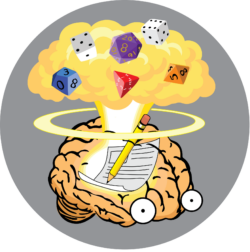The food industry, particularly the discipline of making food, is a great example of knowing something when the taste, smell, or see it.
Ask someone to specify what makes a good Burger, Dinuguan, Pizza, Palak Dal with Chhonk, 麻辣牛肉面, etc.. and you have a lot of metrics and specifications. These specs can get dizzying and deep into the weeds. But ultimately the Cook and Client will know if it’s good after experiencing it.
In Quality Management, IT, Project Management – S.M.A.R.T. goals and objectives we have all this language used to specify something we feel. This is so hard because it’s not just one person feeling but interpreting a group of people and how they feel and experience something that they either produce or provide or consume or use.
The pandemic and remote systems have emphasized communication in an unprecedented level. We cannot “Know it when we See it” or “Know it when we experience it” as we do in face to face – we have to be more SPECIFIC and communicative about the requirements, qualities, and specifications. We have to convey a ton of context.
so weaknesses in organizational communication become apparent and leadership is tested in their ability to be communicative and technically specific.
After the pandemic, most people will go back to Face to Face because this communication skill is too costly.
Those who have these communication skills can offer Remote Work and the ability to work with more Offshore companies, consultants, and contractors.
Imagine – as a Filipino – being able to tap the WHOLE of South East Asia, South Asia, and China as a resource because one chooses to develop these skills? The timezone is the limit!


Leave a Reply